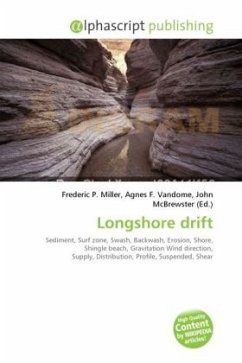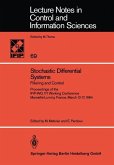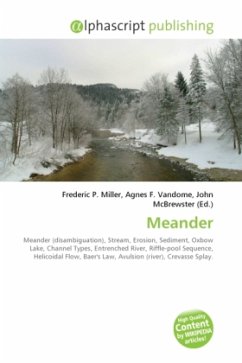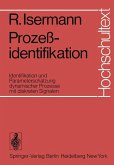High Quality Content by WIKIPEDIA articles! Longshore drift consists of the transport of sediments generally sand but may also consist of coarser sediments such as gravels along a coast at an angle to the shoreline, which is dependent on prevailing wind direction, swash and backwash This process occurs in or within close proximity to the surf zone and is also known as longshore transport, littoral drift and LSD. Longshore drift is influenced by numerous aspects of the coastal system, with processes that occur within the surf zone largely influencing the deposition and erosion of sediments. This is due to the impact of longshore current, which may generate oblique breaking waves that in turn generate longshore transport .Longshore drift can generally be defined in terms of the systems within the surf zone as seen in figure 1. This figure shows that sediment transport along the shore and surf zone is influenced by the swash occurs in the direction of prevailing wind), which moves the pebble up the beach at the angle of wind direction and also backwash, which moves the pebble back down the beach due to the influence of gravity.
Bitte wählen Sie Ihr Anliegen aus.
Rechnungen
Retourenschein anfordern
Bestellstatus
Storno








